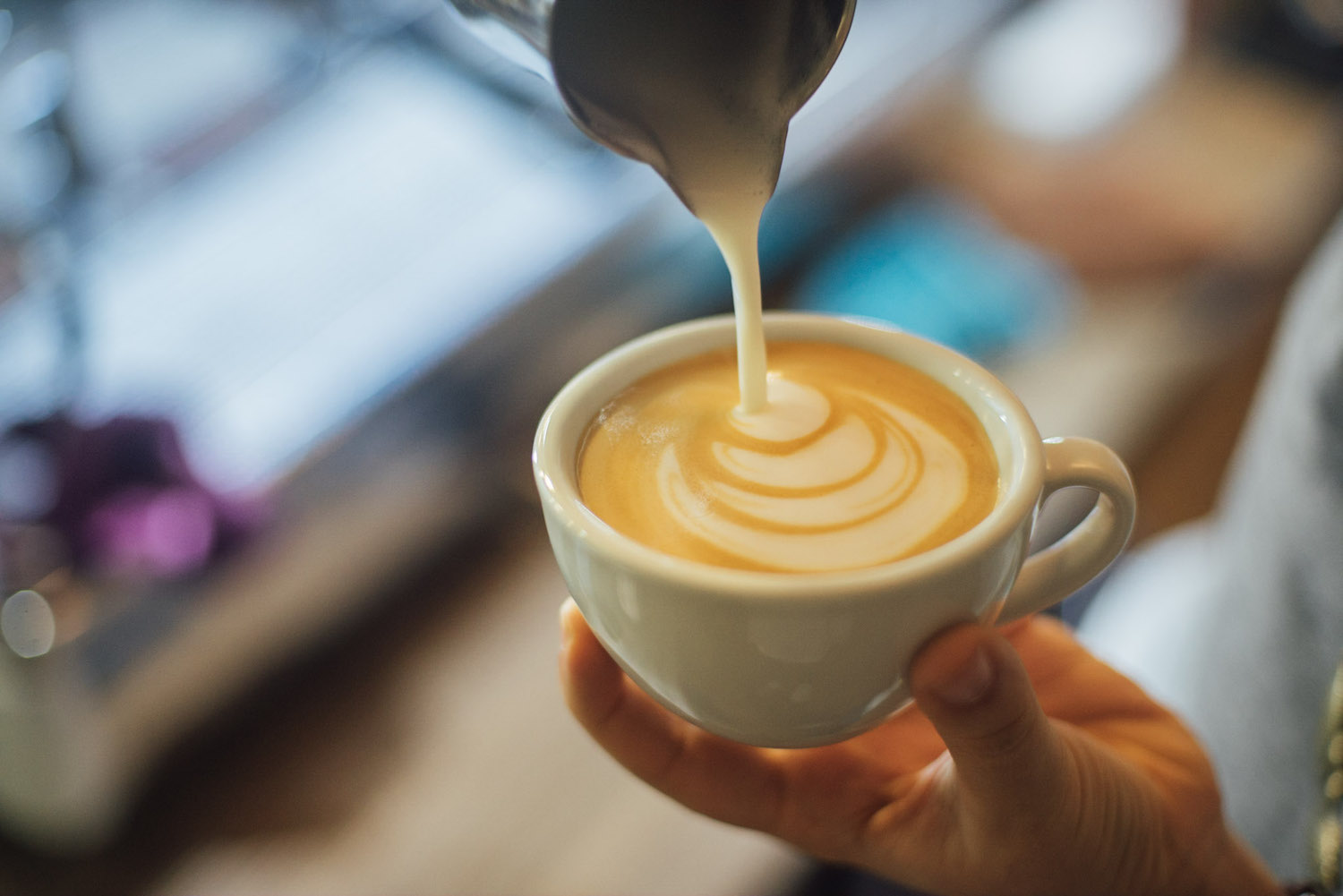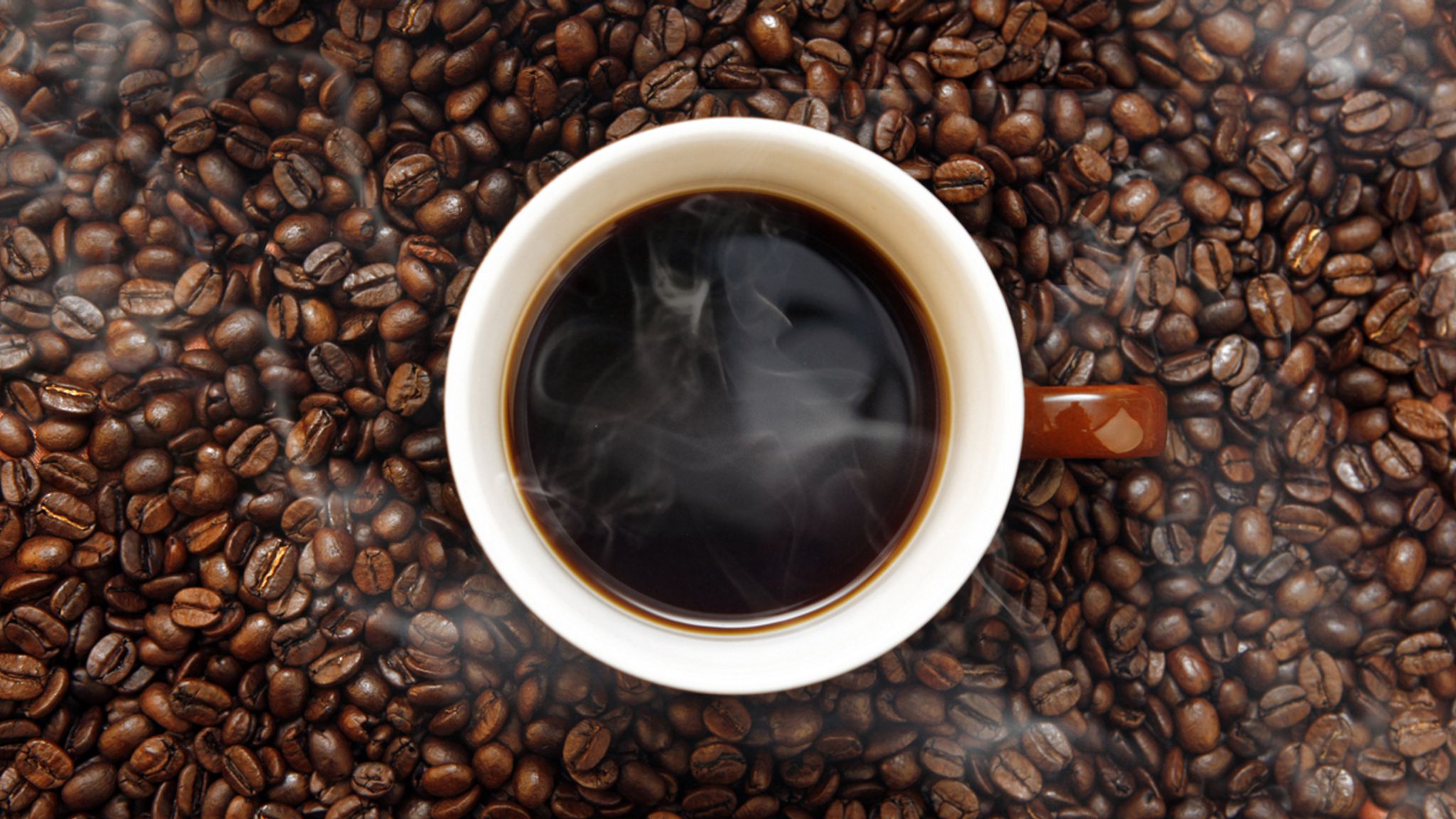Developing Brilliance: Grasping the Art of Coffee Making
Developing Brilliance: Grasping the Art of Coffee Making
Blog Article
Delight In the Ultimate Coffee Enthusiast's Guide: From Bean Selection to Brewing
Start a journey through the detailed world of coffee, where the path from bean option to brewing introduces a world of possibilities waiting to be discovered. Comprehending the subtleties of various coffee beans, the alchemy of roasting accounts, and the mastery of developing methods are simply the beginning of a coffee fan's quest for the excellent cup. As we look into the art of enhancing flavors and reveal the tricks to a flawless removal, the allure of crafting a personalized coffee experience beckons, promising a sip of pure bliss with every mixture.
Comprehending Coffee Beans
The quality and flavor account of coffee are significantly influenced by the type of coffee beans utilized in the developing procedure. Coffee beans are generally classified into two main types: Arabica and Robusta. Arabica beans are recognized for their delicate tastes, greater acidity, and intricacy. These beans are typically considered remarkable in quality and are favored by specialized coffee fanatics. On the other hand, Robusta beans are defined by their solid, bold flavor, greater high levels of caffeine content, and somewhat bitter preference. They are generally used in blends and immediate coffee as a result of their affordability and capability to create a thick crema.
Within these 2 major categories, coffee beans can further be distinguished by their country of origin, altitude at which they are grown, and the processing methods used. Elements such as soil environment, make-up, and farming methods all play a function fit the final flavor account of the coffee beans. Recognizing these differences can help coffee fans value the diverse variety of tastes and aromas that various beans can provide.
Discovering Roasting Profiles
When delving into the world of coffee, understanding the intricacies of roasting accounts is crucial for valuing the subtleties in taste and scent that different roast levels impart to the beans. Roasting accounts describe the certain temperature, duration, and techniques made use of to roast coffee beans. The toasting process considerably influences the last preference of the coffee.
Roasting accounts can range from light to dark, each offering distinct features. Light roasts are baked at lower temperatures for a shorter time, maintaining the bean's initial flavors and acidity. Tool roasts strike a balance between taste retention and advancement, resulting in a somewhat richer preference. Dark roasts are roasted at greater temperatures for a longer duration, bring about strong flavors, reduced acidity, and often a smoky or bitter touch.
Checking out different toasting profiles enables coffee enthusiasts to experience a varied series of flavors and fragrances, from flower and fruity notes in light roasts to the robust, caramelized tones of dark roasts - Coffee. Recognizing roasting accounts empowers coffee fans to pick beans that line up with their preferences, making sure a truly customized coffee experience
Learning Brewing Approaches
Understanding toasting profiles establishes the foundation for grasping developing methods in the world of coffee appreciation. It's necessary to pick the best brewing approach to remove the scents and tastes secured within the beans as soon as you have selected the ideal roast for your preference choices. Each developing approach, whether it be pour-over, French press, espresso, or cold brew, provides an one-of-a-kind means to showcase the nuances of the coffee beans.
The grind size plays an important function in developing approaches. Various developing strategies call for specific grind sizes to ensure optimal extraction. For example, a fine grind appropriates for espresso devices, while a rugged grind is better suited for French press brewing.
Water temperature and brewing time are additionally critical factors to consider when mastering developing methods. Changing these variables can considerably impact the last preference of the coffee. Explore different brewing approaches and fine-tuning your method over time will certainly improve your coffee brewing abilities and raise your overall coffee address experience.
Enhancing Flavor With Enhancements
Checking out various ingredients such as flavored syrups, seasonings, or alternate milk options can boost the total taste profile of your coffee. Flavorful syrups, ranging from timeless vanilla and caramel to unique tastes like lavender or hazelnut, offer a sweet and fragrant touch to your brew. Coffee. Seasonings such as cinnamon, nutmeg, or cardamom can add deepness and warmth to your coffee, developing a rich and intricate flavor experience
For those looking to check out dairy options, options like oat, almond, or coconut milk can supply a velvety appearance and a subtle tip of their unique flavors, enhancing the coffee's taste. Trying out different combinations of ingredients allows you to personalize your coffee to match your preferences, whether you like a pleasant and indulgent reward or an extra robust and spiced flavor account. Keep in mind to start with percentages of additives and change according to preference, ensuring a harmonious equilibrium of tastes in each cup.
Tips for the Perfect Cup

Different developing techniques need different work dimensions for the best outcomes. Experiment with numerous grind sizes to locate the best one for your recommended developing approach.
Water high quality is typically neglected but is just as essential. Always make use of fresh, filtered water to make sure a clean preference in your coffee. Water that is as well difficult or too soft can adversely influence the taste. Lastly, remember to brew your coffee at the best temperature level. The excellent variety is between 195-205 ° F(90-96 ° C )for a well balanced extraction and tasty cup of coffee.
Verdict
To conclude, mastering the art of coffee developing requires interest to information and experimentation with numerous factors such as bean choice, toasting profiles, developing approaches, and flavor improvements. By recognizing the nuances of coffee prep work and consistently fine-tuning your strategy, you can create a outstanding and personalized coffee experience. Remember to focus on top quality ingredients and accurate dimensions to boost your coffee video game to new heights of pleasure.
Comprehending the subtleties of various coffee beans, the alchemy of roasting profiles, and the mastery of brewing techniques are simply the start of a coffee fan's quest for the ideal cup.The high quality and taste account of coffee are substantially affected by the type of coffee beans used in the brewing process. Experimenting with different brewing techniques and fine-tuning your method over time will certainly improve your coffee developing abilities and raise your total coffee experience.

Report this page